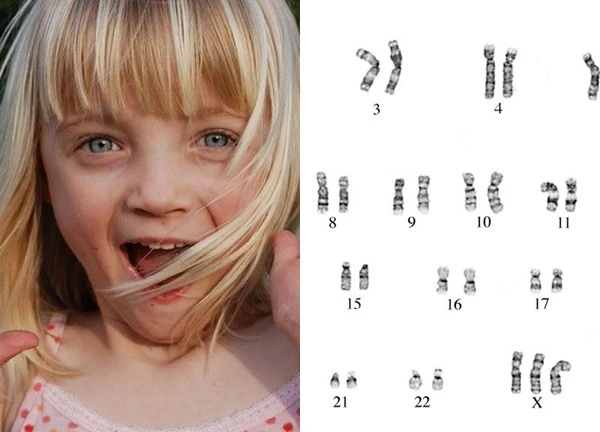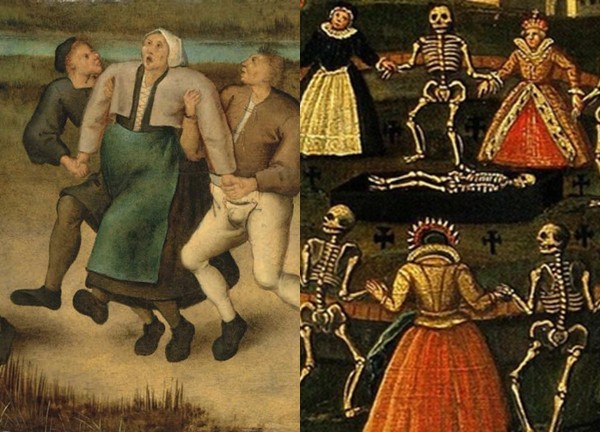Hanoi baby has just been born with super girl syndrome, how is the treatment?

3 | 1 Discuss | Share
Diphtheria used to be an extremely scary disease in the 17th and 20th centuries. The high mortality rate of 10-20% due to the lack of effective treatments has made it an obsession for generations. To this day, diphtheria is still a dangerous infectious disease.
Used to be a disease that causes nightmares
Diphtheria was a global horror throughout the 17th and 20th centuries, with a high mortality rate of up to 20%, due to the lack of a cure. The disease is caused by the bacterium Corynebacterium diphtheriae, which is usually asymptomatic or only mildly developed. However, in some outbreaks, the rate of survival can be as high as 10%, which is especially dangerous for children under 5 years old and adults over 40 years old.
In addition to common symptoms such as fever, cough, sore throat, diphtheria in warm climates can also cause unhealthy skin ulcers, covered with gray tissue. The disease has been raging in many regions such as Asia, the Dominican Republic, Eastern Europe, Haiti, the South Pacific and the Middle East. The disease is transmitted through airborne droplets containing bacteria (coughing, sneezing, spitting). Bacteria can also exist on items that people touch, through open wounds or clothing. A person can get sick repeatedly.
The first cases were recorded in ancient Egypt and Syria, claiming hundreds of thousands of lives. The disease is called El garatillo or "sore throat". In 1705 diphtheria and typhus plagued the Mariana Islands, reducing the population to just 5,000 people. In 1735, the disease swept through the United States, peaking with 206,000 cases in 1921. Around 1884, the bacterium that causes diphtheria was discovered. Statistics in 1994 showed that Russia had more than 39,000 infected people and in Ukraine there were more than 3,000 people infected with the disease.
To this day, diphtheria is still a dangerous infectious disease
According to the World Health Organization (WHO), the number of diphtheria cases worldwide has increased significantly in recent years. In 2019, WHO recorded nearly 23,000 cases, an increase of 2.6 times compared to 2017. Diphtheria was once common in Vietnam but has been effectively controlled thanks to an expanded vaccination program since 1981. However, the number of cases began to increase again in the past 5 years.
In 2020, 226 cases were recorded, mainly in the western mountainous provinces. The number of cases decreased in 2 years of the Covid-19 epidemic but broke out strongly again in 2023. In 2023, the country recorded 57 cases of diphtheria in 3 northern provinces (Ha Giang, Dien Bien, Thai Nguyen), 7 cases did not survive. The most recent case is the case of an 18-year-old girl who did not survive related to diphtheria. After investigation, the health sector has identified 7 cases of close contact with patient C. These are 7 roommates in the dormitory with C (before the high school graduation exam in 2024).
Until July 10, 2024, the Central Institute of Hygiene and Epidemiology confirmed one more positive case of diphtheria in Bac Giang. The patient is B.H.G, 29 years old, temporarily residing in Hiep Hoa district, Bac Giang province. Patient G. is F1 of case Moong Thi B., who has been transferred to the National Hospital for Tropical Diseases for monitoring and treatment. Patient G.'s previous test result was negative, but was updated positive after being tested again. Patient G. reported going to many public places in Bac Giang and Hanoi between July 1 and 7, including karaoke bars and internet cafes.
Immediately after being confirmed positive for diphtheria, B was transferred to the National Hospital for Tropical Diseases for treatment on the afternoon of July 7. After 2 days of antibiotic treatment, patient B's physical condition and health progressed well and was transferred to Nghe An for further monitoring and isolation.
Symptoms of diphtheria
Symptoms of diphtheria include inflammation of the throat, nose, larynx. Red throat, painful swallowing. The skin is blue, tired, and the lymph nodes under the jaw cause swelling in the neck area. The pseudomembrane is usually ivory white or gray in color and sticks tightly around the inflamed tissue, if peeled off, blood loss will occur. Laryngeal diphtheria is a severe form of disease in children. Clinical manifestations of diphtheria exotoxin, locally pseudomembrane and systemic manifestation of neurotoxicity, paralysis of cranial nerves, peripheral motor nerves and sensory nerves and/or myocarditis.
How to effectively prevent diphtheria
Vaccination is the best measure to prevent the disease. Houses, kindergartens, classrooms and training institutions must be ventilated, clean and have enough light. Maintain personal hygiene, wash your hands regularly with soap, cover your mouth when sneezing or coughing, limit direct contact with sick people or suspected infections. For people who have symptoms or are suspected of having diphtheria, they need to be isolated and taken to a medical facility for timely examination, diagnosis and treatment. People living in areas with outbreaks need to strictly comply with medical examination and treatment as well as disease prevention indications of medical facilities.
The extreme danger of diphtheria epidemic, more frightening than COVID-19, what are the signs?  Pinky13:23:46 09/07/2024People across the country are extremely bewildered by the information about diphtheria outbreaks occurring in some provinces. Worryingly, this disease has complications faster than the Covid-19 nightmare, even some people have not survived.
Pinky13:23:46 09/07/2024People across the country are extremely bewildered by the information about diphtheria outbreaks occurring in some provinces. Worryingly, this disease has complications faster than the Covid-19 nightmare, even some people have not survived.

3 | 1 Discuss | Share

5 | 1 Discuss | Share

4 | 1 Discuss | Share

3 | 1 Discuss | Share

3 | 2 Discuss | Share

4 | 0 Discuss | Share

4 | 0 Discuss | Share

2 | 0 Discuss | Share

5 | 0 Discuss | Share





3 | 2 Discuss | Report